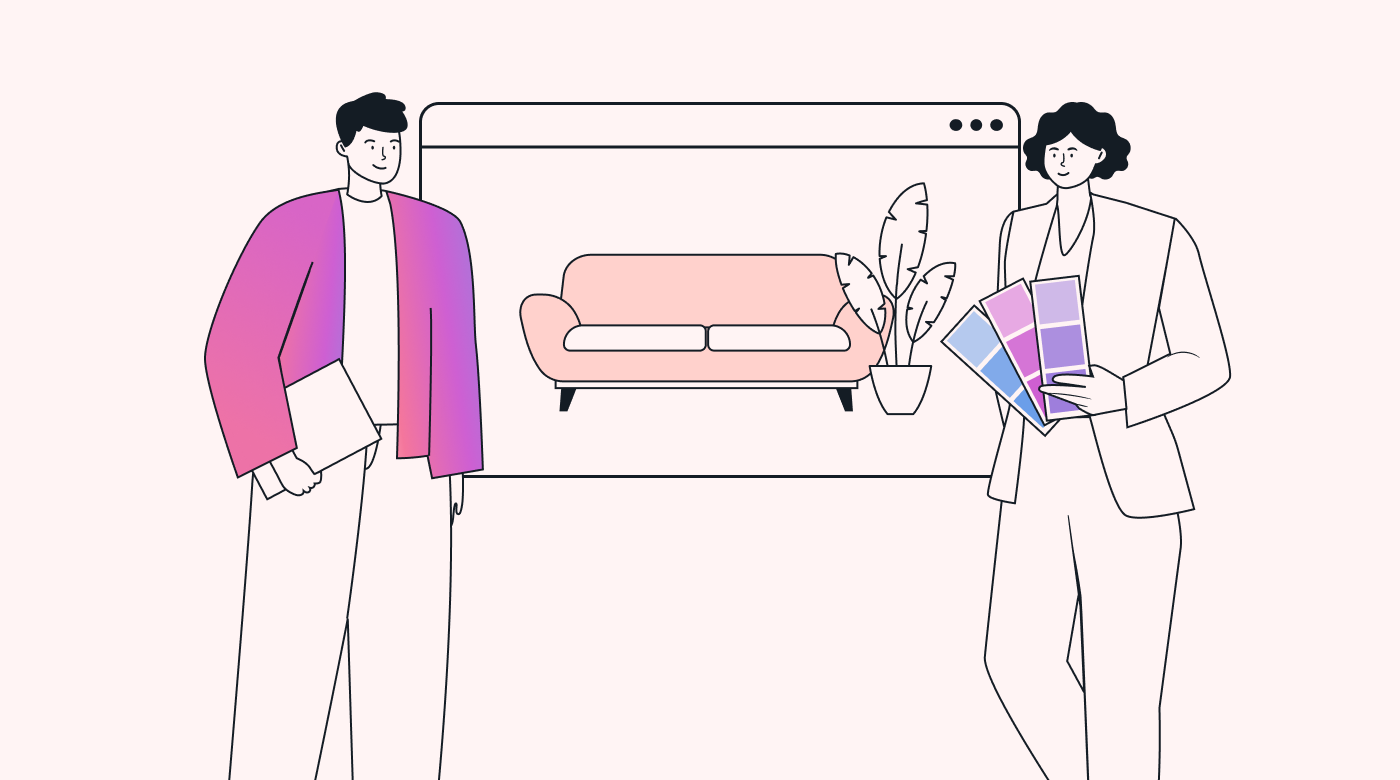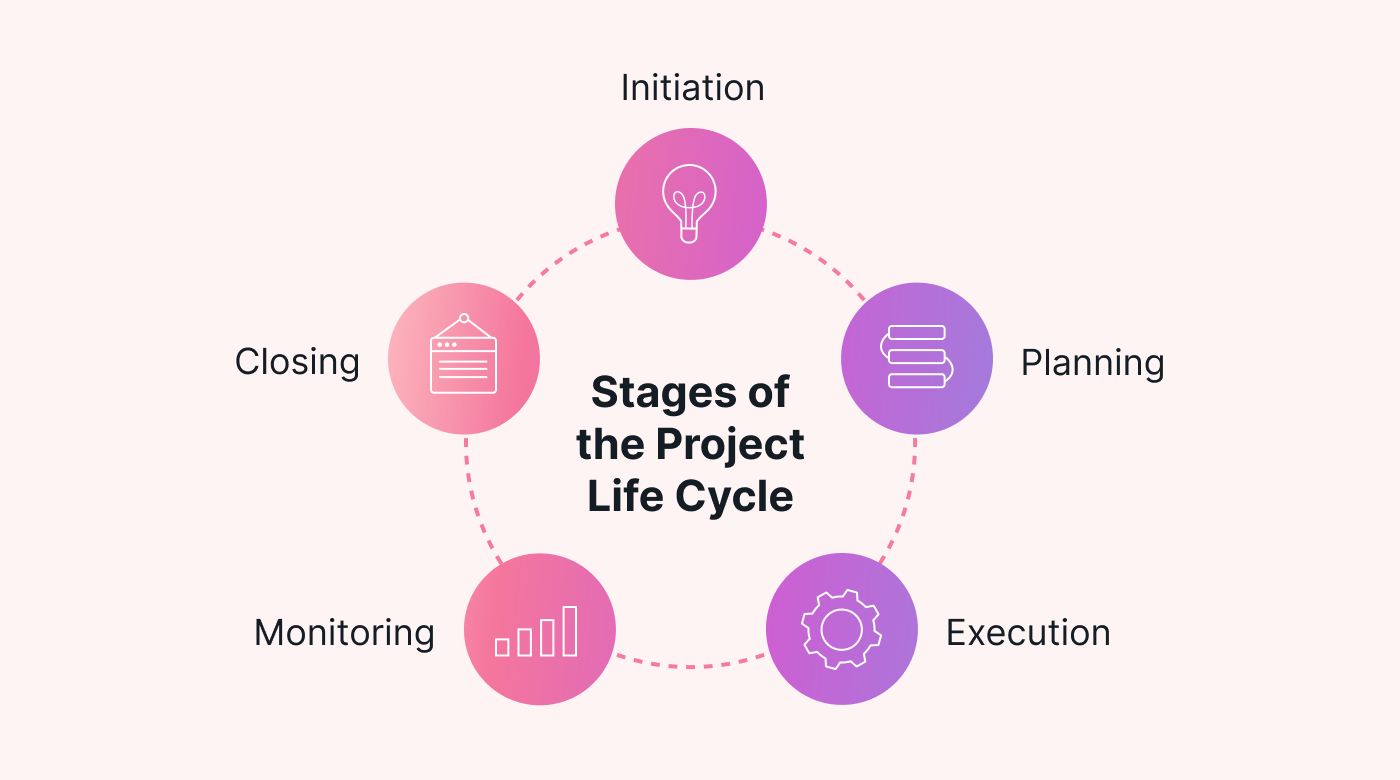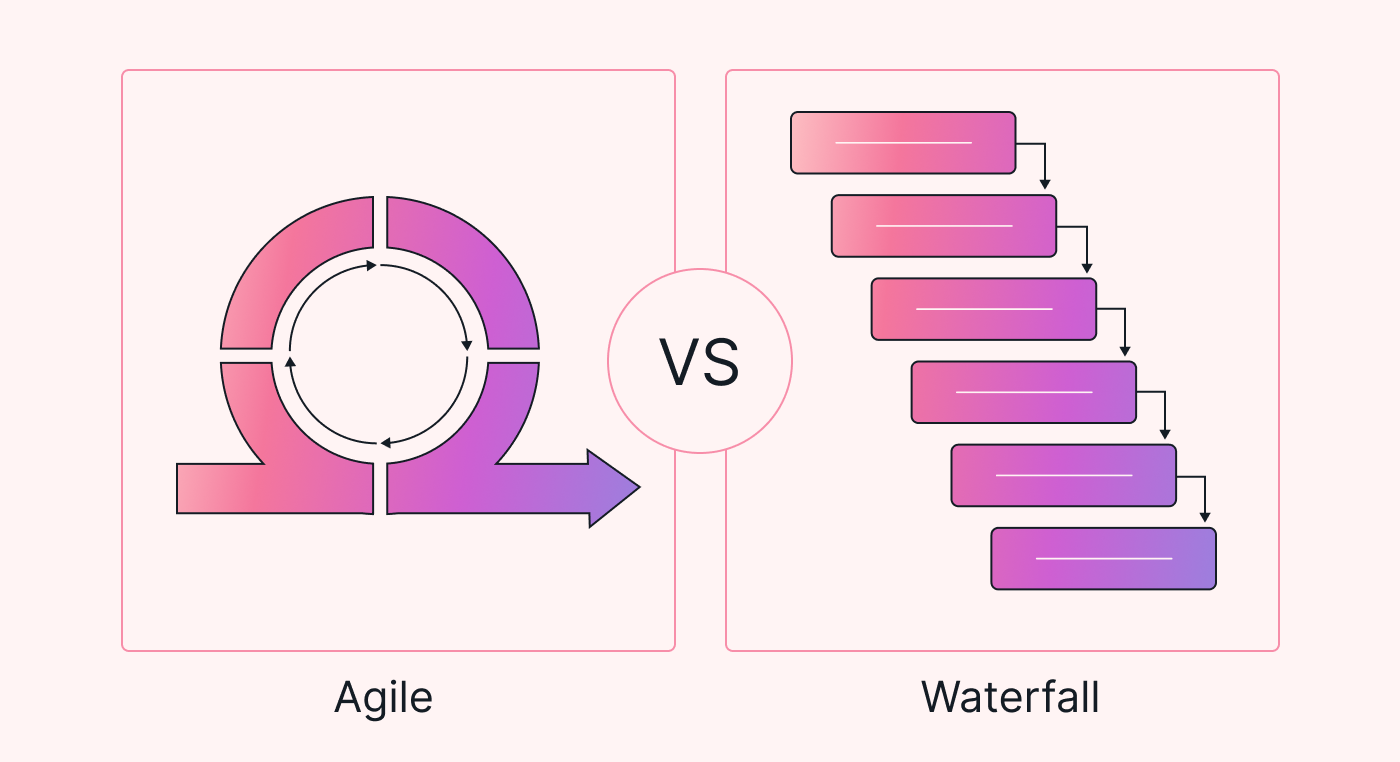Most project managers will tell you that a project is a project is a project and that they all follow the same predictable path. But that’s not entirely true. A design project introduces something more than a little unpredictable into the mix: creativity.
This is a problem for project managers because unpredictability is the enemy. It can cause your deadlines to slip, resulting in tasks not being performed correctly (or at all) and projects failing. It must be avoided at all costs. But that’s not possible in a design project.
As Jacquie Wilson wrote in her Handbook of Textile Design (2001):
“...designers need to be able to generate suitable ideas to help them answer the brief. Design ideas can come from almost any source, but sometimes designers may find difficulty in thinking of suitable sources and themes for work.”
When designers experience difficulty, they need more time, which can wreak havoc on the project schedule.
What is design project management?
Wilson also writes that, like any other project, a design project will usually need to be completed by a particular date. As already mentioned, that can present a bit of a problem. Imagine you wanted to relaunch your business with a new logo, color scheme, and identity.
To keep it simple, let’s focus on the logo. It’s a multiple-step process:
- You brief a designer on what you want to project.
- The designer goes away to work on your brief.
- The designer returns with samples to show you.
- You don’t like any of them, so you refine the brief.
- The designer goes away to work on your refined brief.
- …and so on.
- Eventually, the designer returns with a logo you like.
How many steps between 5 and 7? Who knows? How long did the whole thing take? Well, John McPhee, the author, not the motorcycle racer, summed it up nicely: it takes as long as it takes.
So, to answer the original question, design project management is about planning, organizing, and managing people, time, costs, and other resources needed to finish a design project on time and within budget.
Traditional project management processes
But it’s still a project and must be managed like one. That means taking the traditional project management approach and finding a way to use it for a design project. Let’s look at the steps and processes that usually comprise a project management process.
Initiation and planning
The Project Management Institute (PMI) treats initiation and planning as two separate activities, which makes sense for complex projects. But for most 1-6-month projects, the two steps are generally close enough to be treated as one.
In the initiation phase, you’d need to clearly identify the project’s goals. You’d also need to build a business case for the project: Why are you doing it? And what benefits will come out of it? All of that will be documented in a project charter, including a list of project stakeholders.
In the planning phase, you begin to look at how you will achieve the project goals. This is where you define the project scope — the extent of what you will deliver — and devise a plan to deliver it. Once you have the project plan, you can work out the project timeline and budget and assign your resources to the various tasks identified.
Executing the plan
This is the part of the project where the work is done. Team members begin to work on the tasks they were assigned in the order they are expected to complete. If they hit any hurdles, they’ll engage the project manager to help overcome them.
This is also the part of the project where most of the budget is often spent and where the bulk of the deliverables are produced. And it’s where stakeholders start to bring you change requests. Some are easy to accommodate, and you’ll do it, but others will be difficult. They may even be impossible to do without completely disrupting the project.
The stakeholders may be the “boss,” but a design project manager has to make sure they understand the consequences of forcing disruptive changes. And to offer another way of getting to the same or a similar outcome.
Monitoring and control
Although reflected here as a distinct step, monitoring and control is something that happens — or should happen — throughout the project. But the most critical time for it is during the project execution phase, where most active project management occurs.
It’s how the design project manager tracks and assesses performance and makes changes to keep things on track or to get them back on track. You’ll be tracking effort and costs, keeping an eye on project progress, making sure your project team sticks to the plan, and you’ll run interference to prevent them from being disrupted.
If you’re lucky, you may even have a project administrator to help you with all this, freeing you up to focus on the strategic issues.
Delivery and project close
Once the final deliverables have been produced, it’s time to hand them over to the customer — every project has a customer, even if it’s someone in the same organization. There’s also usually a sign-off process for delivery to be acknowledged and accepted.
That’s when issues that may be of concern are raised, and you’d review the project deliverables. It’s also when you, as project manager, will note any lessons the project may provide for future projects.
Project management approaches
In the olden days, there was only one way to run a project, along the lines described above. Of course, we didn’t have computers then, and everything had to be done manually and written on paper.
Waterfall
That model came to be known as the waterfall method. The name is derived from the fact that it’s a rather rigidly defined roadmap for project execution. It moves from one step to the next, ensuring each phase is completed before moving on to the next.
This model is generally appropriate for projects where you have a clear set of project goals and objectives that feature nothing ambiguous. It’s also preferable for projects that use tried-and-tested tools and techniques.
And because your project is operating in a stable technical environment, if flexibility is needed along the way, it can generally be found in the project timeline.
Agile
The biggest weakness of the Waterfall model is that deliverables must be defined in detail at the beginning. This makes changes difficult to accommodate along the way, especially if they significantly affect the project’s outcome.
An approach that could respond to changes more flexibly was needed: enter Agile project management. It’s best defined as an iterative process, which means that teams work in short cycles to provide incremental improvements in a product or service.
Types of design projects
Many other creative projects could be taken on besides advertising campaigns or material. These include but aren’t limited to:
- Graphic design projects generally produce visual communication artifacts, such as logos, brochures, advertisements, and websites
- User experience (UX) design projects are focused on creating intuitive and enjoyable navigational experiences for digital products or systems
- Interior design projects are concerned with interior spaces, will often follow architectural projects, and sometimes even provide input to them
- Product design involving form, function, and aesthetics, and considering user needs, market trends, and manufacturing constraints
- Industrial design projects take product design to the next level by planning and executing the mass production of those products.
The creative process is Agile
By their very nature, design projects need to be flexible, which generally makes Agile a better fit than Waterfall. But not always. The need for flexibility comes about because the project timeline is often fixed: The customer wants delivery on a particular date. But when the timeline is flexible, Waterfall becomes an option again. (Ahem … not all Waterfall projects have a flexible timeline).
Generally, however, Agile is the way to go for design projects, and creativity is encouraged by breaking large projects into a series of short sprints. The project has an end goal, but the final deliverables will be determined during the process. At the same time, an Agile project still steps through those same processes, but repeatedly for each sprint.
An interior design project provides a useful example. Let’s say you bought a new house and you engaged a designer. Neither of you knows exactly what the final result will be, but you know you want a design you can live with.
It makes the most sense to go from room to room, sprint by sprint until you have a pleasing interior for your house. That’s the Agile way of doing things.
 |
Design project management processes
Because design projects always involve elements of creativity, the standard project process must be adjusted to cater to feedback loops. In keeping with the Agile method, the first four steps are repeated for every sprint and its expected deliverables.
The final step is taken at the end when all the deliverables have been supplied, and the entire project is complete.
Initiation and planning
The greater project is broken down into short sprints, and for each one, there’s an initiation and planning session. That’s usually called a sprint planning meeting, and it’s focused only on the deliverables of that particular sprint.
Executing the plan
A feature of Agile sprints is that their short timeframe makes them quite intense. This suits the design process perfectly. Creative people often respond well to intensity because it allows them to focus on one task for short periods of time.
A great example would be an advertising campaign involving many different advertisements in a variety of formats. The first step would be to define broad parameters for styling, fonts, colors, and messaging. After that, each advert can be treated as a sprint.
Monitoring and control
As with the Waterfall method, the project manager needs to know what’s going on at all times. Monitoring achieves this, and the control element allows them to jump in when a design team member hits a blockage. On a big project, you may want to bring in a project administrator to help with that.
Proofing and feedback
This bit is unique to creative projects. It’s needed because designers are usually too close to the coalface to see the bigger picture. That’s why constructive feedback is sought from other design team members, stakeholders, and even customers.
That feedback could literally be dotting the ‘i’s and crossing the ‘t’s, or it could be, “Oh dear, you really got the bull by the horns here.” It’s important for design projects because creative minds are, by definition, “out there.”
Delivery and project close
Once all the sprints are finished, or in the case of our example, all the advertisements are complete and ready for presentation as a campaign. And if the work gets the thumbs up, the project is finished.
At that point, any remaining deliverables are handed over, you declare the project successful, and the project is closed. And if there are any lessons to be noted, that’s done, too.
Benefits of using Motion
In many ways, managing a design project is like managing any project. Your project manager responsibilities mean you have some things to do yourself and must ensure that others do what they need to do.
Except for the unpredictability. If you’ve ever tried to herd cats or pigeons, you’ll have a pretty good idea of what it’s like to deal with that. You’ll have creatives darting off in a hundred different directions at the same time. And you need to keep them aware of the task at hand without interrupting the flow of their creativity.
That can be a very tricky exercise if you’re worried about humdrum administrative issues. This is where it helps to have a powerful and effective design project management tool to help you.
Taking charge of your design project
For a project manager, the beauty of using online design project management software is that you can monitor your creative team unobtrusively. This is important in a design project because creative people are often at their most creative late at night when everyone else is asleep.
Using an online project management solution, you can track what each team member is doing without talking to them. It will also allow you to balance your responsibilities before, during, and after the project without getting bogged down in the nitty-gritty.
Motion assembles all those details in one place, so you don’t have to worry about your to-do list, project calendar, documents, or tracking people’s work. It’s all there at your fingertips.
Take a load off. Try Motion with a free trial.








